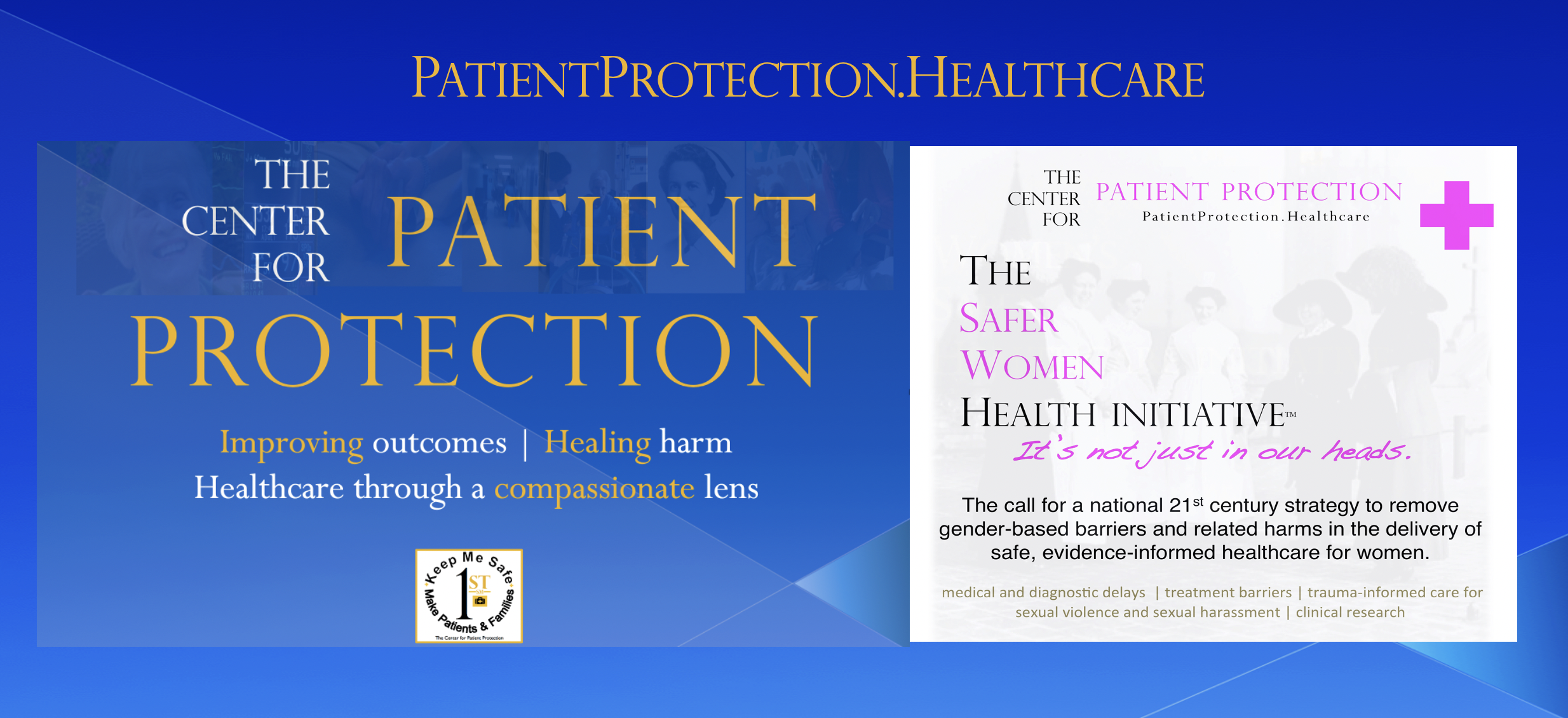- Home
- Hospital Pharmacy Failed to Check Orders, Canadian Regulator Finds
[two_third]

Failure to supervise and verify orders of pharmacy assistant, lack of documentation for decisions, and failure to include critical information on medication labels cited by health professions regulator
An investigation by Canada’s largest regulator of pharmacists recently led to the shocking discovery that an unregulated hospital pharmacy assistant was routinely entering medication orders that were never verified or double checked by a registered pharmacist, contrary to the requirements of the College. This occurred at a full service hospital located in south-central Ontario.
Among the numerous red flags the investigation revealed, the two full-time pharmacists at this hospital, who were also co-managers of the pharmacy, failed to supervise the assistant and ensure that pharmacy orders were double-checked before being dispensed to nursing staff. The breach had been occurring for an unspecified period. Hundreds of patients and thousands of doses of medication, including drugs known to pose serious risk, such as digoxin and narcotics, were potentially involved.
Inadequate supervision of pharmacy assistants by registered pharmacists has been implicated in numerous deaths and incidents of medical harm at other hospitals, the most prominent case being the tragic death of Emily Jerry at the age of eighteen months. Her family has since established a foundation in her name to increase the safety standards of pharmacies throughout the United States.
As the College put it:
The Panel emphasizes that one of the primary jobs of a pharmacist is to ensure that the end user of pharmaceutical services knows how to take the prescribed medication correctly, whether it is direct to the patient or via nursing staff. The Member has an obligation to verify the orders entered by the assistant….
. . .
The Panel emphasizes that the Pharmacy needs to have a process in place to verify orders within the Pharmacy, and that there needs to be communication between Pharmacy staff and nursing staff regarding the information on medication labels and the MAR.
It also came to light as a result of the investigation that the hospital was using an antiquated computer system that did not accommodate doctors’ directions for the safe use of the drugs they had prescribed, such as the requirement to hold the dose if vital signs fall below a specified level.
The Panel noted:
Further, if the parameters for the administration of medication are part of the direction on the order, as was the case in the situation at hand, it needs to be on the label…The Panel points out that a further problem is that there was no pharmacist verifying the orders.
The College also found that the pharmacists had persistently failed to document their activities and the rationale for medication practices, choices and risks. In this case, one of the pharmacists made only two entries in the chart over the patient’s entire three-month stay, while the other pharmacist made just one entry. The investigating panel repeatedly reminded the two pharmacists who managed the hospital pharmacy of their professional duty to document their actions and decisions.
As the College noted repeatedly throughout its report about the absence of proper documentation:
The Panel emphasizes that the Member needs to document her decisions and reasons clearly.
Strangely, while there were separate and distinct complaints against the two pharmacists, who had different interactions with the patient and family, both submitted a virtually identical 30-page response to the College, with matching exhibits and attachments, prepared by a lawyer hired by the hospital.
One of the pharmacists resigned her registration in Ontario after the complaint but prior to delivery of the findings. Records indicate that she is now practicing at a pharmacy in Nova Scotia.
The chain of safety practices to protect patients at this hospital was compromised to such an extent that it created a perfect storm for medication errors and adverse events: Physicians hand-wrote prescriptions. An unregulated and unsupervised pharmacy assistant entered the orders without verification. And an antiquated computer system, which allowed no room for the entry of specific parameters doctors specified for the safe administration of the drugs they were prescribing for their patients, was being used.
The finding by the Ontario College of Pharmacists came as a result of an 18-month investigation into the actions of the pharmacy at the hospital. A review by the family, in consultation with leading healthcare professionals and a world renowned pharmacologist, revealed that some 4,000 separate medical errors occurred during the hospitalization of this elderly patient, who was finally discharged severely malnourished, with undiagnosed and undocumented pressure ulcers, and in a state where a specialist noted that her demise was “imminent.”
In light of the alarming nature of the College’s findings and the risks posed to other patients, the hospital has still refused to publicly indicate whether it has conducted a review of patient files to determine whether others might have been harmed by these failures. Ontario’s Ministry of Health, and the Local Healthcare Integration Network (LHIN) responsible for the provider’s funding and performance standards, have refused to investigate the actions of the hospital despite repeated requests.
[/two_third][one_third_last]
As the investigation revealed, the two pharmacists at this hospital failed to supervise the assistant and ensure that pharmacy orders were double-checked before being dispensed to nursing staff.
Nor did they adequately document reasons for the decisions and recommendations they made regarding medication use and possible adverse risks.
The regulator also found that the pharmacists failed to ensure that the directions set by doctors for the safe use of the drugs were included on the labels and were communicated to nursing staff.
The chain of safety practices to protect patients at this hospital was compromised to such an extent that it created a perfect storm for medication errors and adverse events.
[/one_third_last]
